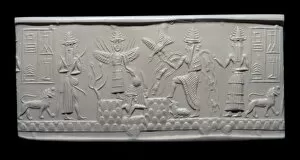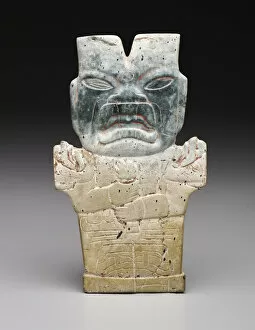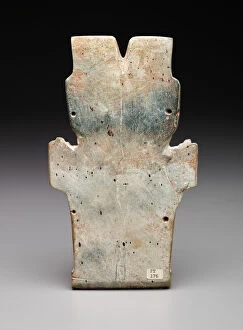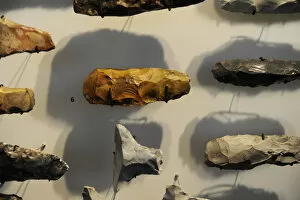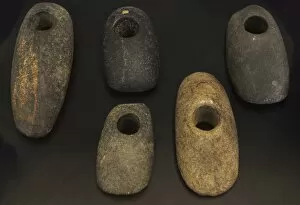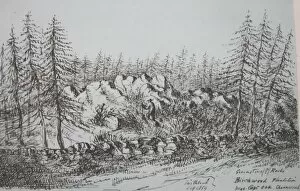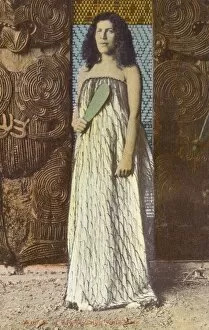Greenstone Collection
"Unveiling the Mysteries of Greenstone: A Journey Through Time and Culture" Discover the captivating world of greenstone
All Professionally Made to Order for Quick Shipping
"Unveiling the Mysteries of Greenstone: A Journey Through Time and Culture" Discover the captivating world of greenstone, a precious stone that holds centuries of history within its core. From Denmark to Maori culture, this remarkable material has played a significant role in both work and battle. During the Maglemosian and Kongemose periods (8500-5500 BC), greenstone was transformed into core axes, serving as essential tools for daily tasks. These group axes were not only practical but also symbolized strength and resilience. Moving forward in time, we encounter intriguing figurines crafted from greenstone. The Squatting Female Figurine from AD 100/600 showcases the unknown creator's artistic prowess, while a figurine dating back to AD 400 remains shrouded in mystery yet exudes an undeniable aura of ancient beauty. Delving deeper into the realm of adornment, we find ourselves mesmerized by a pendant shaped like a claw or fang from 400 BC/AD 1200. Its unknown creator skillfully captured nature's fierce elegance in this exquisite piece. The Standing Figure created between 300 BC/100 BC stands tall as an enigmatic testament to past civilizations' craftsmanship. Its purpose may remain elusive, but its allure is timeless. Greenstone continued to evolve throughout history with intricate necklaces emerging around 200 BC/AD 200. Crafted by unknown hands, these pieces adorned their wearers with grace and prestige. Venturing beyond geographical boundaries, we encounter anthropomorphic plaques possibly depicting the Fire Serpent during the Preclassic period. These artifacts offer glimpses into ancient beliefs and rituals that have long fascinated archaeologists and historians alike. Fast-forwarding to more recent times, we witness cultural significance etched onto skin through lithographs capturing tattooed faces of Maori chiefs from 1894. Each mark tells stories of lineage, courage, and identity passed down through generations.


